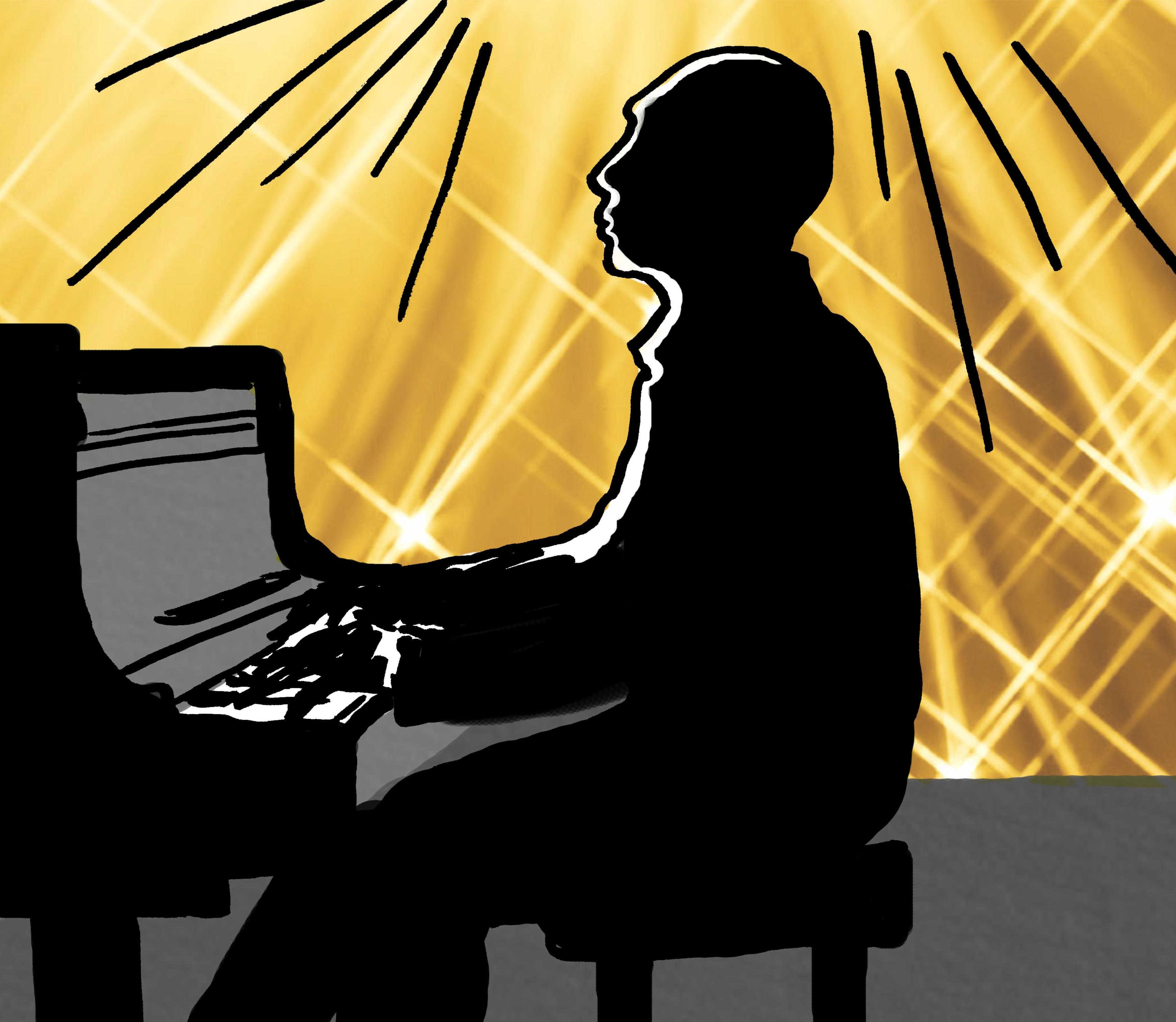From the director of the Dumb and Dumber franchise, with the holiday season approaching comes the film Green Book, a touching buddy comedy tied up with a beautiful, deep examination of race, class, and masculine relationships.
The film, which is based on a true story, follows recently unemployed Italian-American club bouncer Tony Lip (Viggo Mortensen).
Tony, out of a job, gets hired by acclaimed Black concert pianist Don Shirley (Mahershala Ali) to accompany him on an eight-week tour. The tour is the two months leading up to Christmas and takes the pair through the deep South. The classic “as long as you’re home for Christmas” format.
The men travel from adventure to misadventure, navigating race and class. They were first unsure of each other and develop a real bond. Much of the drama comes from them having to stay in segregated accommodation or being otherwise discriminated against in the deep South.
Shirley can only sleep or eat at establishments deemed suitable for coloured people and he has a Green Book—the movie namesake—listing these establishments.
They both learn the value of each other and see more of what’s the same and less of what’s different between the two of them, coming from different racial and class backgrounds.
This movie is a sure bet for the Oscars as a period piece–looking at race, class and sexuality.
I predict that Green Book will get at least Best Picture nominations with many organizations, including the Canadian National Film Board picking it for the best movie of the year.
There’s a lot to like here. It’s formulaic, sure, it’s made to win Oscars, definitely. But it’s hard to rag on this movie. It’s got such a feel-good Christmas message that you would be a Grinch if you don’t like it.
One definite highlight is the dialogue. Incredibly natural and downright hilarious, the team of screenplay writers nailed the jokes and managed to keep them fresh for two hours.
The one qualm with the film is how the comedic moments trade off for some character development for Don Shirley’s character. While his family issues are touched on a bit, this narrative thread is never fully cracked upon.
While it was an easy road for the script to go down, it was a little bit of a third-act cop out.
The humour, however, doesn’t prevent the movie from being a really hard-hitting look at race and class. Effectively cross-cutting light-hearted moments with dramatic emotional looks into the hard realities of race.
The camera work is not to be overlooked. Buddy comedies, dramas or biopics (which this film is all three of) sometimes are more “recorded” rather than “filmed.”
Green Book steers clear of this pitfall, with virtuoso tracking shots and superior use of rack focuses. The camera work isn’t mind-bendingly intense but is more than serviceable to a really good plot.
The production design is phenomenal as well, with all the outfits people thought were a good idea in the 60s. It’s quaint, it’s charming, it’s teal—it works.
This movie deserves all the praise it’s getting from the film community as it’s the best Christmas movie since Die Hard.
Graphic by Paloma Callo






